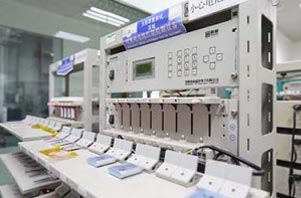Advantages of Lithium Polymer Battery for Common Users
Lithium polymer batteries have the same technology used by liquid lithium-ion batteries. In other words, the anode and cathode are of the same type. The only difference is that this device uses an aluminum-plastic film and a gel electrolyte. As a result, these power supplies are thinner and lighter but offer a higher energy density. In this article, we will talk about the advantages of this power supply.

Read on to find out more.
1. High energy density
Compared to nickel hydride or nickel-cadmium, lithium polymer batteries are 50% lighter. But they have the same energy density, which makes them an ideal choice. The lightweight lithium polymers are mostly used in batteries because of their high density.
2. Slim design
Liquid lithium-ion batteries have a special case and positive/negative electrodes. And then there's the technical limitation that doesn't allow the battery to be thinner than 3.6mm. On the other hand, polymer cells have no such limitation. Therefore, the thickness of this unit can be less than 1 mm.
3. Low internal resistance
In contrast to liquid batteries, polymer types have lower internal resistance. Therefore, this battery can extend the time your apps can stay idle. So this is another great benefit of this unit.
4. Special shape
Depending on your needs, polymer batteries can be made thicker or thinner. For specialty smartphones, for example, manufacturers need thinner batteries. This way, you can maximize the available storage space and still enjoy old backups.
5. Good charge/discharge rate
If you use the right charger, you can charge this device in just two hours. In general, polymer batteries use colloidal electrolytes, which, unlike liquid electrolytes, have a stable discharge rate.
6. High voltage
The lithium polymer cell has an average operating voltage of 3.7 V, which corresponds to three nickel hydride or nickel-cadmium connected in series.